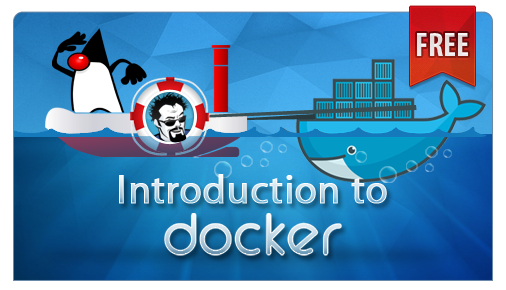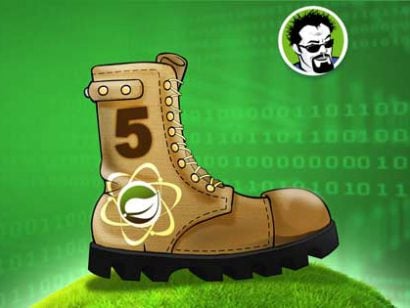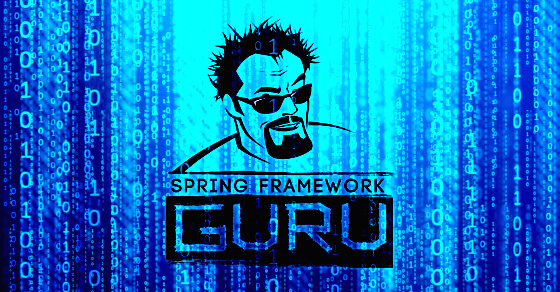Docker Cheat Sheet for Spring Developers
4 CommentsLast Updated on June 3, 2019 by Simanta
I’ve been playing with Docker a lot recently to deploy Spring Boot applications. Docker is very cool. I’ve been learning a lot about it.
This is my unofficial Docker Cheatsheet. Use with caution!
Got any tips and tricks? Comment below, and I’ll try to update this.
List all Docker Images
docker images -a
List All Running Docker Containers
docker ps
List All Docker Containers
docker ps -a
Start a Docker Container
docker start <container name>
Stop a Docker Container
docker stop <container name>
Kill All Running Containers
docker kill $(docker ps -q)
View the logs of a Running Docker Container
docker logs <container name>
Delete All Stopped Docker Containers
Use -f option to nuke the running containers too.
docker rm $(docker ps -a -q)
Remove a Docker Image
docker rmi <image name>
Delete All Docker Images
docker rmi $(docker images -q)
Delete All Untagged (dangling) Docker Images
docker rmi $(docker images -q -f dangling=true)
Delete All Images
docker rmi $(docker images -q)
Remove Dangling Volumes
docker volume rm -f $(docker volume ls -f dangling=true -q)
SSH Into a Running Docker Container
Okay not technically SSH, but this will give you a bash shell in the container.
sudo docker exec -it <container name> bash
Use Docker Compose to Build Containers
Run from directory of your docker-compose.yml file.
docker-compose build
Use Docker Compose to Start a Group of Containers
Use this command from directory of your docker-compose.yml file.
docker-compose up -d
This will tell Docker to fetch the latest version of the container from the repo, and not use the local cache.
docker-compose up -d --force-recreate
This can be problematic if you’re doing CI builds with Jenkins and pushing Docker images to another host, or using for CI testing. I was deploying a Spring Boot Web Application from Jekins, and found the docker container was not getting refreshed with the latest Spring Boot artifact.
#stop docker containers, and rebuild docker-compose stop -t 1 docker-compose rm -f docker-compose pull docker-compose build docker-compose up -d
Follow the Logs of Running Docker Containers With Docker Compose
docker-compose logs -f
Save a Running Docker Container as an Image
docker commit <image name> <name for image>
Follow the logs of one container running under Docker Compose
docker-compose logs pump <name>

Dockerfile Hints for Spring Boot Developers
Add Oracle Java to an Image
For CentOS/ RHEL
ENV JAVA_VERSION 8u31 ENV BUILD_VERSION b13 # Upgrading system RUN yum -y upgrade RUN yum -y install wget # Downloading & Config Java 8 RUN wget --no-cookies --no-check-certificate --header "Cookie: oraclelicense=accept-securebackup-cookie" "http://download.oracle.com/otn-pub/java/jdk/$JAVA_VERSION-$BUILD_VERSION/jdk-$JAVA_VERSION-linux-x64.rpm" -O /tmp/jdk-8-linux-x64.rpm RUN yum -y install /tmp/jdk-8-linux-x64.rpm RUN alternatives --install /usr/bin/java jar /usr/java/latest/bin/java 200000 RUN alternatives --install /usr/bin/javaws javaws /usr/java/latest/bin/javaws 200000 RUN alternatives --install /usr/bin/javac javac /usr/java/latest/bin/javac 200000
Add / Run a Spring Boot Executable Jar to a Docker Image
VOLUME /tmp ADD /maven/myapp-0.0.1-SNAPSHOT.jar myapp.jar RUN sh -c 'touch /myapp.jar' ENTRYPOINT ["java","-Djava.security.egd=file:/dev/./urandom","-jar","/myapp.jar"]





















Rob deMallac
Typo in URL: “devlopers”. Possibly intentional, but if not you might want to alias from the typo so as not to mess up those Googling it (how I found it). Taking your course now… great stuff!
Pablo Gilvan
Thank you.
Denys
Thank you for this post, I’ll just leave this reference for someone who might be looking for it.
How to remove one or more containers
docker rm [SHA256]
Options:
-f, –force Force the removal of a running container (uses SIGKILL)
-l, –link Remove the specified link
-v, –volumes Remove anonymous volumes associated with the container